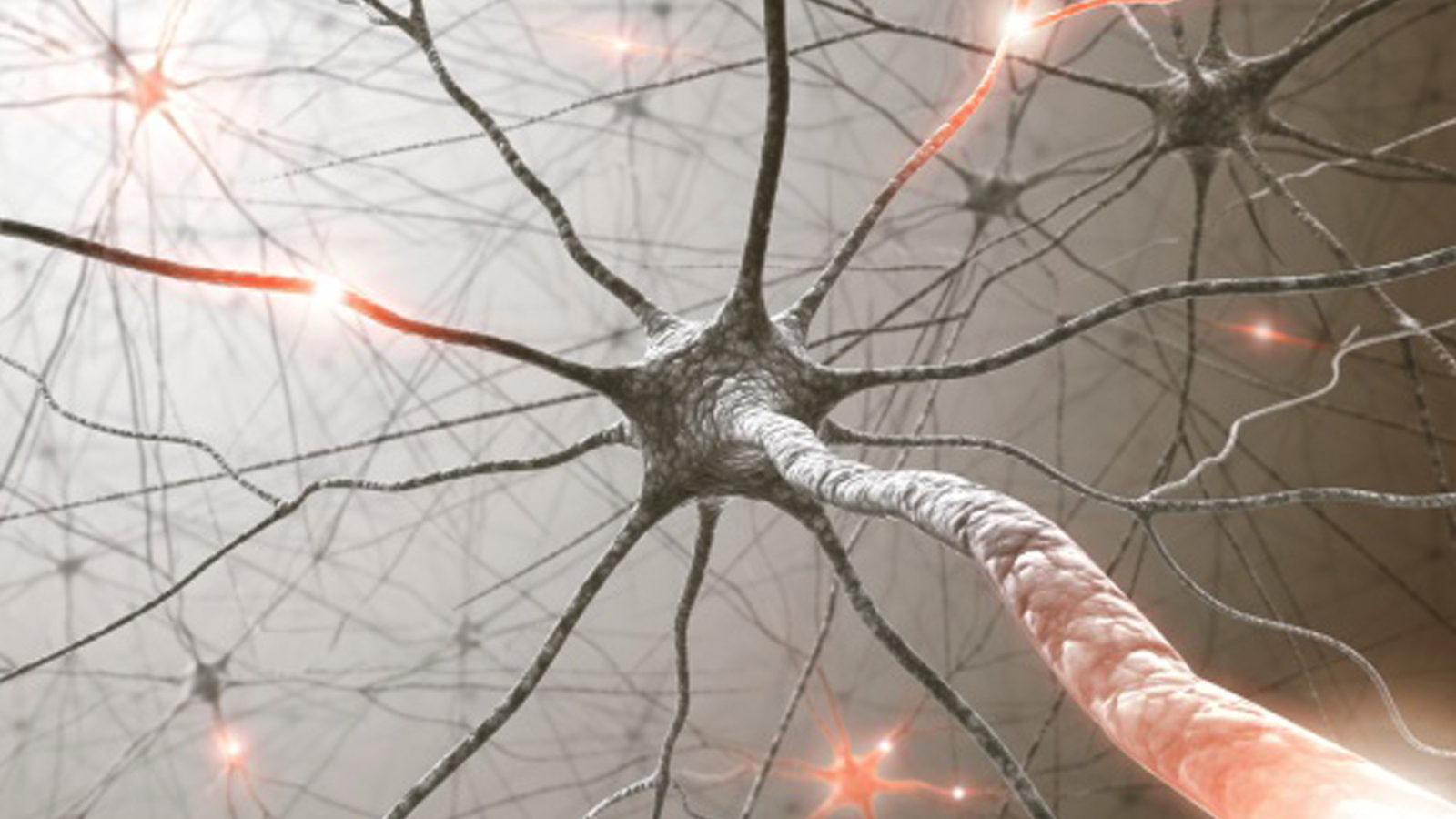
Neuroscience Research & Development at Takeda
The Challenge of Neuropsychiatric Disorders
Neuropsychiatric disorders, affecting the central nervous system (CNS), are seen as one of the final frontiers of modern medicine. However, progress has been slow with drug development in the area declining since the 1990s due to fewer early-stage trials being started and a high attrition rate for neuropsychiatric medicines.1 With this high level of risk, many pharmaceutical companies have been discouraged from pursuing drug development in this area.

“At a time when many companies are shifting their focus away from neuroscience, Takeda is accepting this challenge head-on," said Emiliangelo Ratti, Head of the Neuroscience Therapeutic Area. “As a core therapeutic area, our mission is to provide medicines for people with neuropsychiatric disorders for whom there are no treatments available. To do this, we are harnessing the latest scientific breakthroughs, innovative technologies, and external partnerships to discover and develop medicines for neuropsychiatric disorders associated with high unmet need.”
Neuropsychiatric disorders are complex multifaceted conditions that affect the spectrum of mental health. It is therefore vital that Takeda respects this multifaceted nature and take a patient-centric approach to neuroscience drug discovery and development.
Learning From the Past

How is Takeda Addressing the Neuroscience Challenge?
These insights have provided Takeda with a foundation to build on our vision: to provide innovative medicines for targeted patient populations suffering from neuropsychiatric disorders for whom there are no treatments available.
5 Challenges of Takeda
Establishing an understanding of disease biology
Importance of external partnerships
Identifying a homogeneous patient population for clinical trials
Increasing precision and validity of clinical endpoints
Using digital technology to address operational challenges
What are neuropsychiatric disorders?
Neuropsychiatric disorders, those that affect the central nervous system (CNS), are common involving 25-30% of the population and include diseases such as Alzheimer's and Parkinson's diseases, major depression, and schizophrenia.
The CNS is made up of the brain, the spinal cord, and the optic nerves. The CNS controls thought processes, guides movement, and registers sensations throughout the body.
The CNS is considered separate from the peripheral nervous system (PNS), although the two systems are highly intertwined. The term PNS refers to any part of the nervous system that lies outside of the brain and spinal cord. A major difference between the CNS and PNS involves regeneration. The majority of the PNS has the ability to regenerate, whereas the CNS does not have this capability.
References
1.Kesselheim AS, et al. Two decades of new drug development for central nervous system disorders. Nature Reviews Drug Discovery. 2015 14, 815–816.
